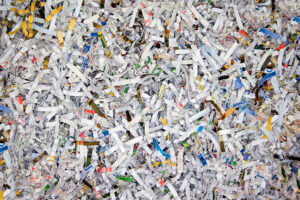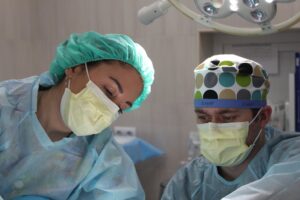The intricate world of medical waste disposal, vital for both healthcare operations and public safety, is often surrounded by misconceptions. Whether stemming from outdated information, general misunderstandings, or mere assumptions, these myths can hinder the safe and effective handling of medical waste. In this article, we’ll debunk some of the most common myths surrounding medical waste disposal.
Myth 1: All Medical Waste is Hazardous
Truth: While certain types of medical waste are indeed hazardous, not all fall into this category. Medical waste can range from benign items like paper towels or latex gloves (if uncontaminated) to potentially harmful sharps or pathological waste. Only specific categories pose a significant risk of infection or harm, and each type requires different disposal methods.
Myth 2: Regular Trash Bags are Sufficient for Medical Waste
Truth: Medical waste disposal requires specialized containment to prevent leaks, spills, or accidental exposure. While some non-hazardous medical waste can go into regular trash bags, anything potentially infectious or hazardous needs to be contained in bags designed for medical waste, which are often thicker and more resilient.
Myth 3: Flushing Medicines is an Acceptable Disposal Method
Truth: Flushing medications down the toilet can lead to water supply contamination and environmental harm. Medical waste disposal for pharmaceuticals involves specialized methods to ensure they’re rendered harmless and don’t enter the ecosystem.
Myth 4: Medical Waste Disposal is Only a Concern for Large Hospitals
Truth: Regardless of the size of the healthcare facility – be it a large hospital, a small clinic, or even a home where medical care is provided – medical waste disposal is crucial. Every healthcare provider must adhere to regulations and best practices to ensure safety.
Myth 5: All Medical Waste Gets Incinerated
Truth: While incineration is a method used for specific types of medical waste (like pathological waste), it’s not the only method. Other techniques include autoclaving, chemical treatment, and even modern processes that transform waste into less harmful materials or energy.
Myth 6: Sharps Can Be Disposed of Once Capped
Truth: Even with their caps on, sharps like needles can puncture regular bags and pose injury risks. They should always be disposed of in specialized sharps containers, designed to prevent punctures and spills.
Myth 7: Medical Waste Disposal Doesn’t Impact the Environment
Truth: Incorrect medical waste disposal can have significant environmental repercussions. Whether it’s pharmaceuticals contaminating water sources or improperly treated waste affecting wildlife, the environment can bear the brunt of inadequate disposal practices. Proper medical waste disposal not only prioritizes human health but also environmental well-being.
In Conclusion
Medical waste disposal, a nuanced and vital aspect of healthcare operations, deserves a clear understanding, free from misconceptions. By debunking these myths, we aim to promote safer, more effective, and environmentally-friendly waste disposal practices. Ensuring that our approach to medical waste is based on facts rather than fiction is essential for the well-being of all.
If you have questions or need clarity about medical waste disposal, feel free to reach out. Together, let’s build a safer and more informed healthcare community.










